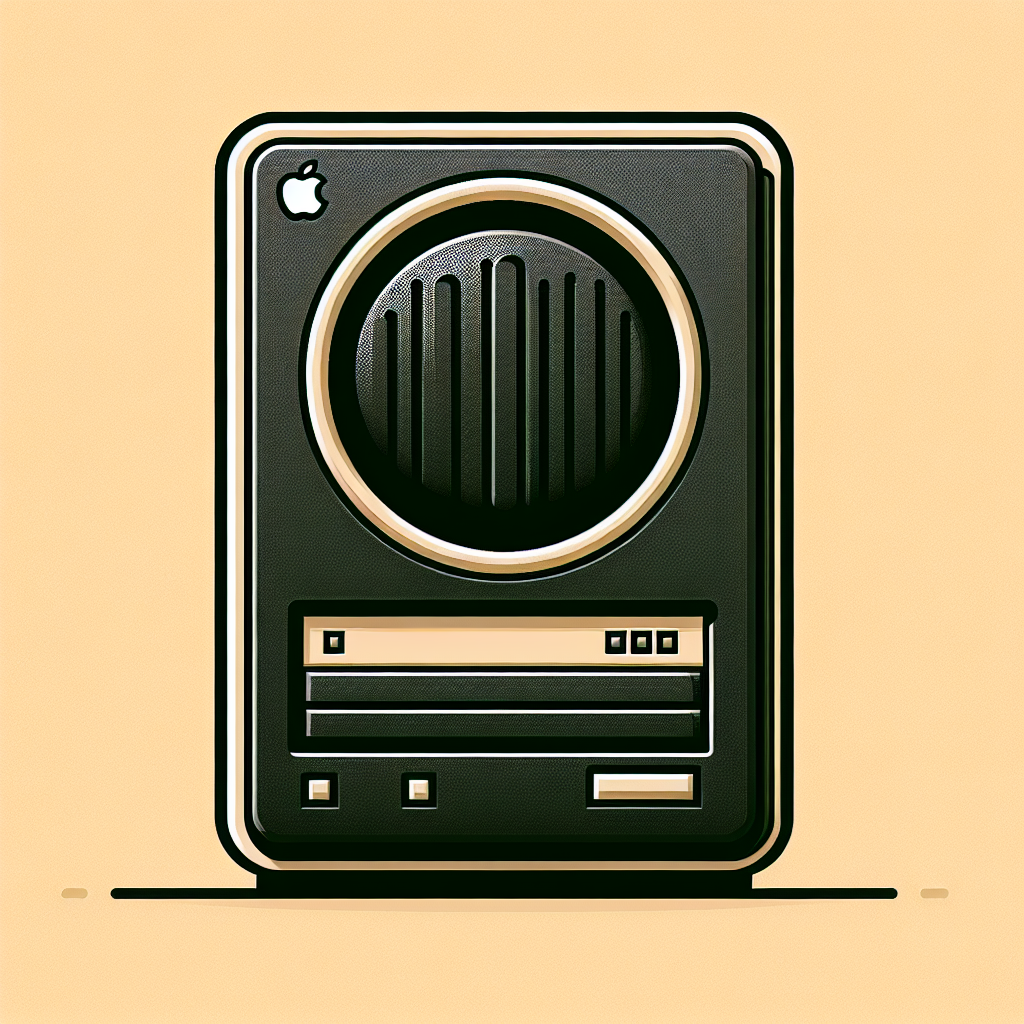The Mac Pro ‘Trash Can’: Apple’s Audacious Design Decision Now Retro
The Cylindrical Evolution of 2013
In 2013, Apple unveiled a redesign of its Mac Pro, exchanging the traditional tower for a sleek cylindrical shape. This decision was daring and contentious, aimed at transforming the desktop computer landscape. The cylindrical aesthetic, affectionately known as the “Trash Can,” garnered admiration for its visual appeal while facing criticism regarding its functionality.
Reasons the ‘Trash Can’ Design Fell Short
The 2013 Mac Pro’s layout, despite being inventive, encountered considerable issues. Designed to serve professional users, its segmented interior and dual-GPU framework were not optimal for the rigorous tasks anticipated by its intended market. Apple’s attempt to innovate led to thermal management challenges, resulting in constrained performance capabilities.
Return to the Conventional
By 2019, Apple recognized the drawbacks of the cylindrical design and reverted to a more traditional tower structure with the latest Mac Pro. This transition represented a shift back to a design that more effectively supported hardware upgrades and cooling needs, catering to the requirements of professional users.
Apple’s Vintage and Obsolete List: Implications
On July 11, Apple placed the 2013 Mac Pro on its vintage products list. A product is categorized as “vintage” when Apple has not marketed it for over five years but fewer than seven. When a product exceeds seven years without being sold, it is deemed “obsolete.” Vintage items may still receive service and parts, subject to availability.
Additional Devices Joining the Vintage and Obsolete Roster
The 2013 Mac Pro isn’t the only item on the vintage list. Apple has also added the 2019 iMac models and the 11-inch and 12.9-inch iPad Pro from 2018. Moreover, the 128GB iPhone 8 joins its 64GB and 256GB variants. Simultaneously, the second-generation AirPort Express and other AirPort devices have been classified as obsolete.
The Future of Apple’s Mac Pro Series
Notwithstanding the flaws of the 2013 iteration, Apple’s Mac Pro series continues to progress. Recent indications point to a new model in development, expected to incorporate the successful design features of the 2023 Mac Pro, which is equipped with the powerful M2 Ultra chip.
Conclusion
The 2013 Mac Pro will be acknowledged as an ambitious design experiment that ultimately fell short of the expectations of Apple’s discerning professional clientele. As Apple moves ahead, it learns from previous designs, prioritizing performance and practicality.
Q&A Section
What distinguished the 2013 Mac Pro’s design?
The 2013 Mac Pro showcased a cylindrical form intended for visual appeal and innovation but encountered difficulties in thermal management and practical performance for professional users.
Why did Apple switch back to the traditional tower design in 2019?
The cylindrical design restricted hardware upgrades and cooling capabilities, leading Apple to revert to a more conventional tower design that aligned better with professional requirements.
What does it mean for a product to be included on Apple’s vintage list?
A product is deemed vintage when it hasn’t been sold for more than five years but fewer than seven. Service and parts may remain available, contingent on inventory.
Which other Apple products were recently added to the vintage list?
The 2019 iMac models, 11-inch and 12.9-inch iPad Pro from 2018, and the 128GB iPhone 8 have been listed among Apple’s vintage items.
Is it possible for the 2013 Mac Pro to run the latest macOS?
Officially, it cannot run macOS Sequoia, but it may be possible to install it using the OpenCore Legacy Patcher.
What is the future perspective for the Mac Pro series?
Apple is reportedly working on a new Mac Pro model, likely preserving the successful design elements featured in the 2023 version equipped with the M2 Ultra chip.